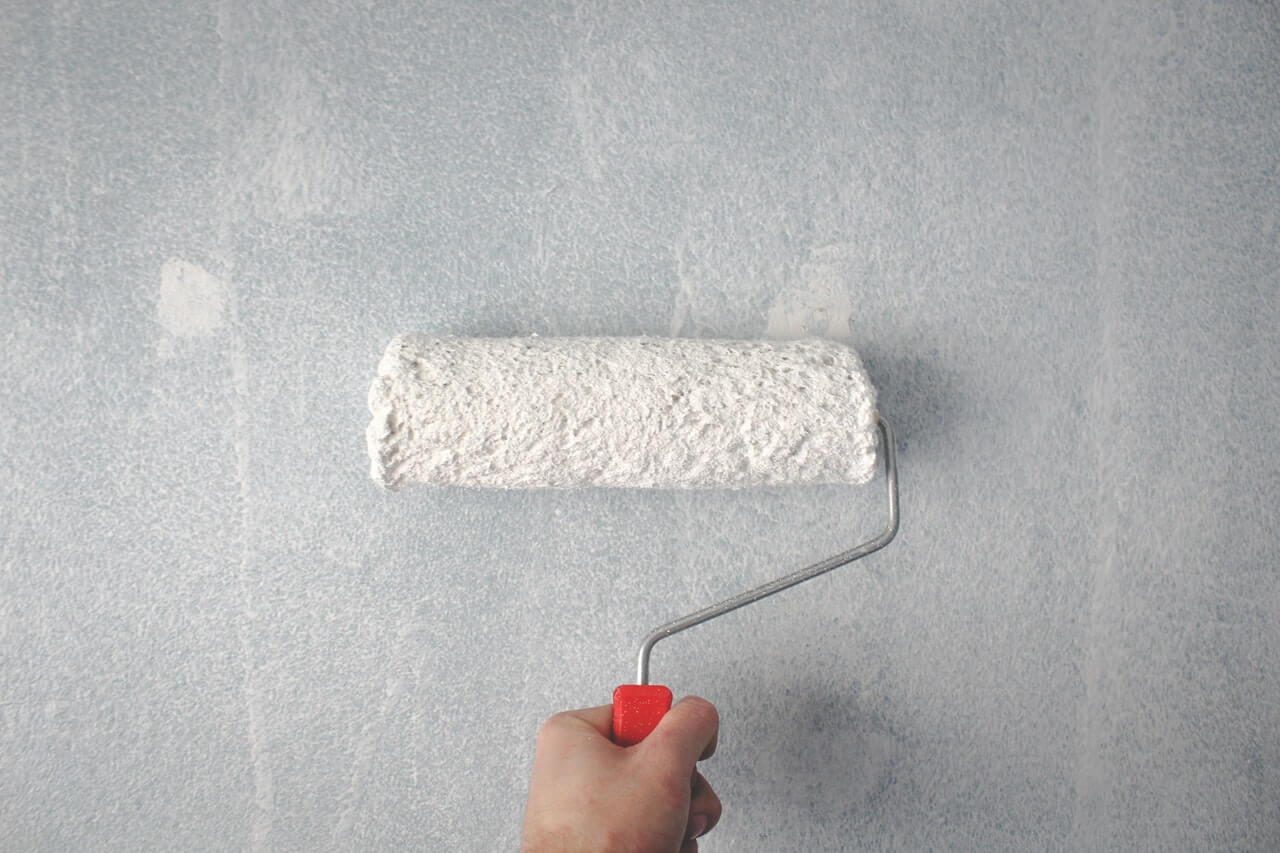
Often, landlords will paint their rentals in neutral colors. This makes sense, as they are both classic and more likely to appeal to prospective tenants. That being said, some tenants won’t like the colors that you choose.
Your tenants may want to personalize the rental space by painting the walls with their preferred colors. You may be wondering, should you allow tenants to paint your rental property? In this article, we’ll take a look at the pros and cons of letting tenants do this so that you can make an informed decision.
What are your responsibilities with regards to painting?
As a landlord, there is no federal law that requires you to pay for or take care of repainting your property. The only exception to this is the state of New York. There, the local laws require a landlord to repaint their rental at least once every three years.
What are your rights regarding paint in your rental?
As a landlord, you generally have the right to approve or reject a tenant’s request to repaint your rental. That being said, there are a few exceptions to this rule.
The first exception is if the walls were painted with lead-based paint. Prior to 1978, buildings were typically painted with lead-based paint which resisted moisture, maintained a fresh appearance, and accelerated drying. However, lead was later found to be a health hazard and the Residential Lead-Based Paint Hazard Reduction Act was effectively passed in 1992.

Image Source: Thester11, CC BY 3.0 , via Wikimedia Commons
Most states now require landlords with rentals painted with lead-based paint to disclose that information to prospective tenants. If your rental contains lead-based paint and a tenant wants this changed, you must do so as soon as possible.
The second exception is if there is serious paint-related damage that makes your property uninhabitable. As a landlord, it’s your responsibility to ensure your property adheres to all local safety, health, and building codes.
The third exception is, of course, if you’re based in New York City and it has been 3 years since you last painted the premises.
Pros & cons of allowing your tenants to paint the rental property
Pro #1: It may make your tenants happy.
Having a good relationship with your tenants is key to having a successful rental investment. Allowing your tenants to personalize their space will also make them feel more comfortable. In turn, they will be more likely to rent your property long-term. Overall, this means less property damage, positive cash flow, and a low tenant turnover rate.
Pro #2: It can help you secure good tenants.
Finding a good tenant is never easy. As such, it only makes sense to do everything possible to retain existing ones. So, if you have a good tenant and they request to repaint the property, it’d be in your best interest to let them do so.

Pro #3: You can attract more prospective tenants.
Not many landlords allow their tenants to repaint the property. If you do allow it, your property will stand out from your competition. In turn, this will mean low vacancy rates and low tenant turnover which will help you maximize your returns faster.
Pro #4: You may be able to charge more for rent.
Allowing your tenants to paint your rental may also be a win-win for both of you. Your tenant will have the opportunity to personalize their space, and you can use that as an excuse to raise the rent as renters will find your property more desirable.
Con #1: It may cause landlord-tenant disputes.
A dispute between you and your tenant may occur if your tenant, for instance, paints a color that you disapprove of or causes property damage in the process. For example, if the paint spills over to the hardwood, cabinets, or even the carpet. These conflicts may weaken your relationship with your tenant and may be timely and costly to fix.
Con #2: You might end up with additional work.
When your tenant moves out, it’ll be your responsibility to repaint the property back to the original color if that’s what you want to do, unless otherwise stated in the lease agreement. This will mean more work and expenses for you.
Con #3: The paint job may be substandard.

While painting may look easy, it’s best to leave the process to professionals if you want to ensure it comes out good. Otherwise, your tenant may look to save costs and do the paint job themselves. Consequently, the end result may not be as pleasant to the eye.
How to mitigate the risks of allowing your tenant to paint your rental
If you do decide to let your tenant paint, there are certain measures you can put in place to mitigate the risks associated with the process. They are as follows:
1. You can include a specific clause in your lease or rental agreement.
Setting clear expectations in the lease agreement regarding what a tenant can and can’t do to the property can help you avoid potential problems. In your lease policy, make sure to state things like what paint colors are allowed, who will pay for the cost of painting, and what happens when they decide to move out.
2. Give yourself control over the process.
Start by requiring that your tenants get your approval first before beginning to paint. If you grant their request, require the paint job to be done by a professional. That way you can ensure you don’t end up with sloppy results.
3. Charge a non-refundable painting fee.
Some states allow landlords to charge their tenant’s non-refundable deposits. Be sure to check with your local landlord-tenant laws first before asking your tenants for this. You can use this to cover the cost of repainting the rental.

4. Don’t allow your tenants to repaint the property.
If you are wary of the risks associated with allowing your tenant to repaint the property, then there is the option of declining their request altogether. Be sure to let them know why you declined their request. For example, to avoid possible damage, or the desire to maintain your property’s clean, neutral look.
You may even consider giving your tenant other alternatives. For instance, allowing them to use removable wallpaper.
Conclusion
Whether or not to allow your tenants to paint your rental property depends on the potential outcomes of doing so. Before making your decision, it’d be best to consider the pros and cons of each option. If you'd like professional help making this decision, contact Income Realty.






